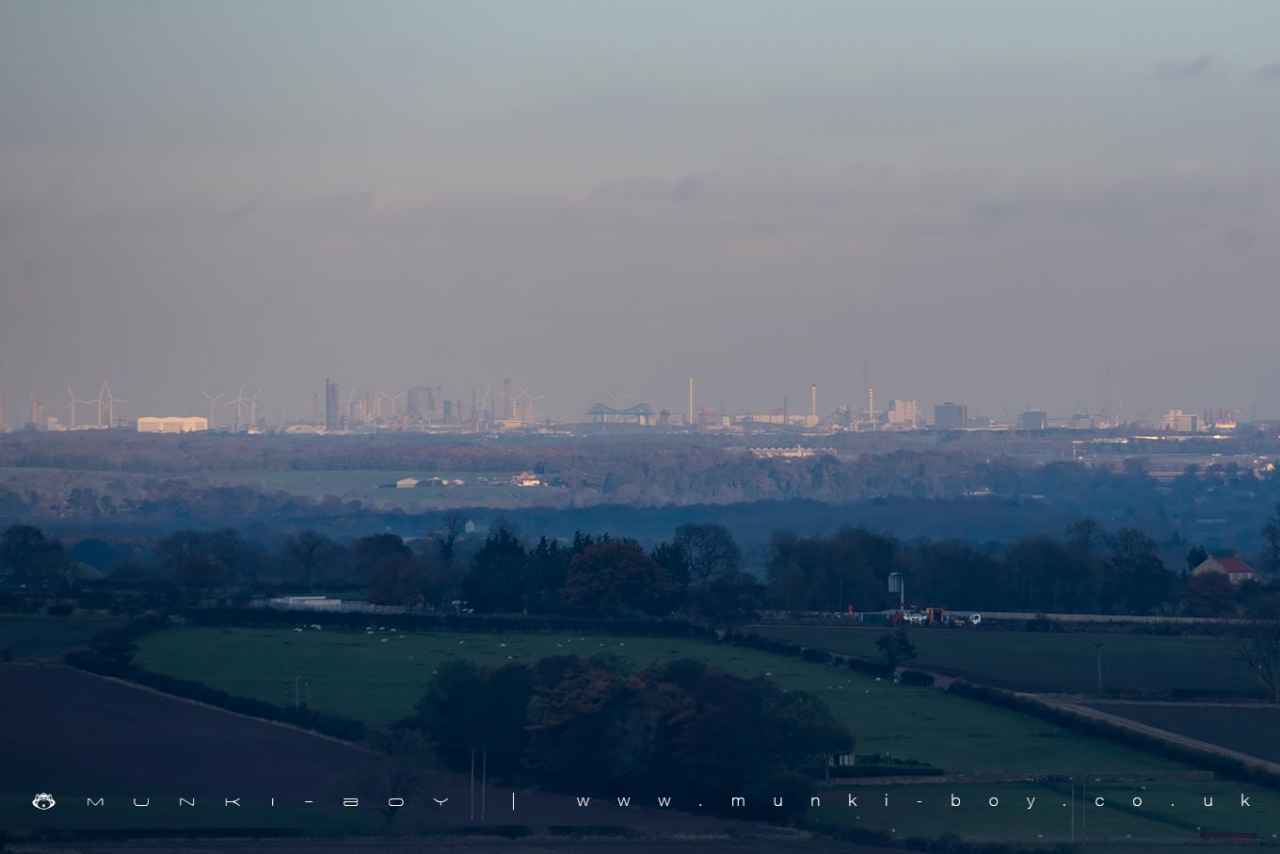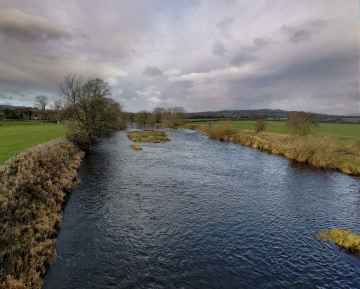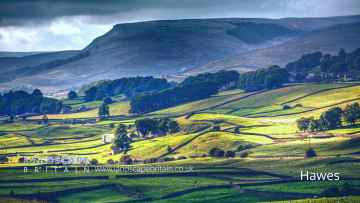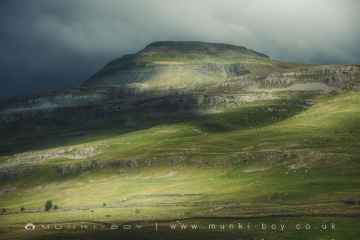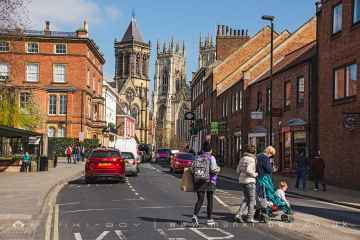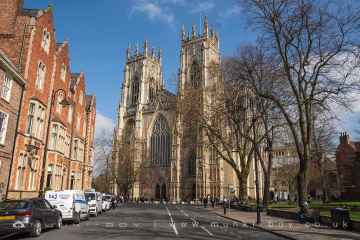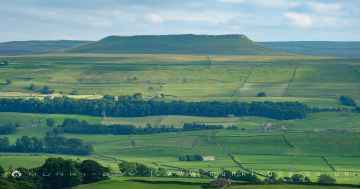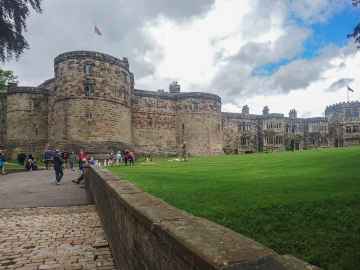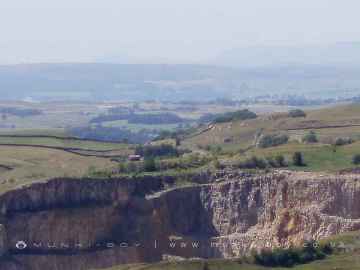Middlesbrough is a Town in the county of North Yorkshire.
Middlesbrough, an industrial town in North Yorkshire, has a rich history shaped by its rapid growth during the 19th century and its role as a powerhouse of steelmaking, shipbuilding, and engineering. Originally a small rural hamlet, it was transformed by the arrival of the railway and the booming iron and steel industries, earning it the nickname “Ironopolis.” Today, while much of its heavy industry has declined, Middlesbrough remains a vibrant town with a strong identity, evolving into a centre for education, culture, and business.
At its heart is the iconic Transporter Bridge, a striking symbol of the town’s industrial heritage. Spanning the River Tees since 1911, it remains one of the few operational transporter bridges in the world, offering both a functional crossing and a unique viewing platform. The town is also home to the Dorman Museum, which explores Middlesbrough’s past, and the Captain Cook Birthplace Museum, celebrating the life of one of Britain’s greatest explorers, who was born in nearby Marton. Another focal point is Teesside University, a major institution that has helped drive regeneration, fostering innovation and attracting students from across the country.
Despite its industrial image, Middlesbrough has green spaces and cultural attractions that add to its character. Albert Park, a Victorian-era public park, provides a welcome retreat from the urban environment, while nearby Stewart Park, with its lakes and woodlands, offers a glimpse into the area’s more rural past. The Middlesbrough Institute of Modern Art (MIMA) has become a key cultural landmark, showcasing contemporary art and design in a striking modern building. With a growing arts scene, major redevelopment projects, and its location near the North York Moors and the coast, Middlesbrough is a town that continues to redefine itself while remaining proud of its industrial heritage.
Middlesbrough postcode: TS3 7
There are great places to visit near Middlesbrough including some great waterfalls, ruins, historic monuments, hiking areas, villages, rivers and streams, towns, caves, limestone pavements, mountains, cities, historic buildings, hills, geological features, castles, old mines, country parks, parks, gardens and ancient sites.
Middlesbrough's best nearby waterfalls can be found at Catrigg Force, Lockin Garth Force, Whitfield Gill Force, Slape Wath Waterfall, Mill Gill Force, Cotter Force, and Aysgill Force.
The area around Middlesbrough boasts some of the best ruins including Bolton Abbey, Byland Abbey, Easby Abbey (ruin), Fountains Abbey and Studley Royal Water Garden, Fountains Abbey (ruin), Trig Point on Warrendale Knotts, and Old Limekiln at Blua Crags.
Middlesbrough's best nearby historic monuments can be found at Bolton Abbey, Culloden Tower, and Robin Hood's Well (Fountains).
There are a number of hiking areas near Middlesbrough including Deepdale, Cotterdale, Southerscales, Ingleton Waterfalls Trail, Swilla Glen, Baxenghyll Gorge, and Raven Ray.
There are a number of villages near Middlesbrough including Pool-in-Wharfedale, Askrigg, Hardraw, West Burton, Bainbridge, Aysgarth, and Malham.
There are a several good rivers and streams in the Middlesbrough area like Whitfield Beck, Mill Gill, Hardraw Beck, River Wharfe, and Walden Beck at West Burton.
The area around Middlesbrough boasts some of the best towns including Hawes, Skipton, Grassington, Richmond, Middlesbrough, Harrogate, and Settle.
There are a several good caves in the Middlesbrough area like Great Douk Cave, White Scar Cave, Yordas Cave, Gaping Gill, Janet's Cave, Horseshoe Cave, and Jubilee Cave.
Southerscales, Malham Cove, and Warrendale Knotts Limestone Pavement are great places to visit near Middlesbrough if you like limestone pavements.
Don't miss Ingleborough's mountains if visiting the area around Middlesbrough.
York, and Ripon are great places to visit near Middlesbrough if you like cities.
York Minster, Culloden Tower, and Beggar’s Bridge are some of Middlesbrough best historic buildings to visit near Middlesbrough.
The area around Middlesbrough features a number of interesting hills including Addlebrough, Warrendale Knotts, Giggleswick Scar, Blua Crags, Sugar Loaf Hill, and Attermire Scar.
Malham Cove, Grassington Lead Mines, and Brimham Rocks are great places to visit near Middlesbrough if you like geological features.
Middlesbrough has some unmissable castles nearby like Skipton Castle, Richmond Castle, and Bolton Castle.
Grassington Lead Mines is a great place to visit close to Middlesbrough if you like old mines.
The area close to Middlesbrough boasts some of the best country parks including Brimham Rocks.
Parks to visit near Middlesbrough include Fountains Abbey and Studley Royal Water Garden, Fountains Abbey (ruin), and Studley Royal Water Garden.
Fountains Abbey and Studley Royal Water Garden is a great place to visit close to Middlesbrough if you like gardens.
There are a number of ancient sites near Middlesbrough including Schoolboys Tower, Jubilee Cave, and Victoria Cave.
Middlesbrough History
There are some historic monuments around Middlesbrough:
Areas of Middlesbrough
Like most towns and cities Middlesbrough is comprised of a number of areas, once separate villages or small towns and parishes now part of Middlesbrough.
Many of the areas of Middlesbrough have their own character and places of interest.
Places to see near Middlesbrough
History of Middlesbrough
Other links persist in the area, often through school or road names, to now-outgrown or abandoned local settlements, such as the medieval settlement of Stainsby, deserted by 1757, which amounts to little more today than a series of grassy mounds near the A19 road. In 1801, Middlesbrough was a small farm with a population of just 25. During the latter half of the 19th century, however, it experienced rapid growth. The Stockton and Darlington Railway (S&DR) had been developed to transport coal from Witton Park Colliery and Shildon in County Durham, to the River Tees in the east. It had always been assumed by the investors that Stockton as the then lowest bridging point on the River Tees would be suitable to take the largest ships at the required volume. However, as the trade developed, and with competition from the Clarence Railway which had established a new port on the north side of the river at Port Clarence, a better solution was required on the south side of the river.


















